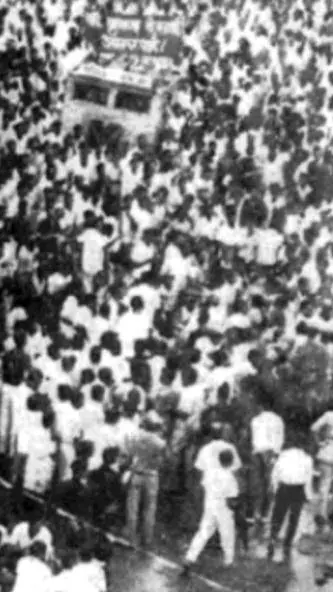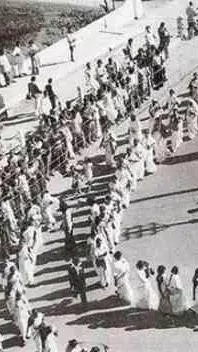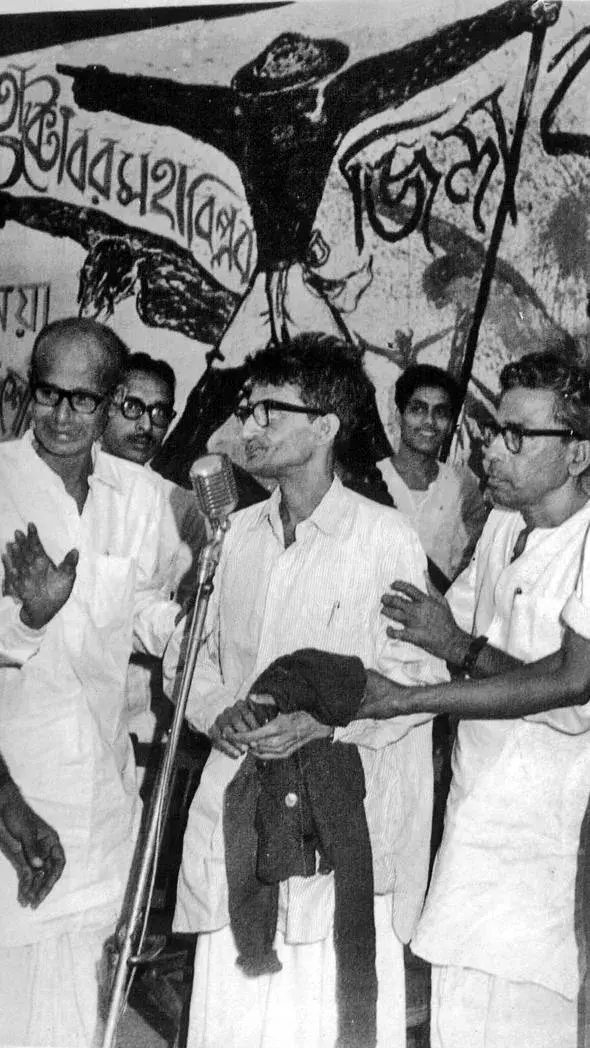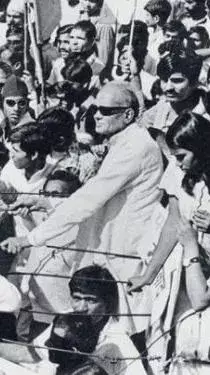
Five Most Significant Agitations in India After Independence

The Assam Agitation (1979-1985)
Led by the All Assam Students' Union (AASU), this movement protested against illegal immigration from Bangladesh. It aimed to protect the rights of the indigenous Assamese people and resulted in the Assam Accord of 1985, promising to detect and deport illegal immigrants.

The Naxalite Movement (1967–Present)
Originating in Naxalbari, West Bengal, this left-wing extremist movement began as a peasant uprising against feudal landlords. It evolved into a broader armed struggle advocating for the rights of the marginalized and remains a major internal security challenge for India.

The Emergency and the JP Movement (1975-1977)
During the Emergency declared by Prime Minister Indira Gandhi, civil liberties were suspended. Jayaprakash Narayan led a mass movement calling for the restoration of democracy, culminating in the defeat of Indira Gandhi in the 1977 elections and shaping India's democratic landscape.
The Mandal Commission Protests (1990)
The implementation of reservations for Other Backward Classes (OBCs) in government jobs and educational institutions sparked widespread protests. This agitation highlighted social divisions and significantly influenced Indian politics, leading to increased caste-based political mobilization.
The Anti-Sikh Riots and Insurgency in Punjab (1980s)
Following Prime Minister Indira Gandhi's assassination in 1984, anti-Sikh riots resulted in significant loss of life. This period also saw the rise of the Khalistan movement, a separatist insurgency seeking an independent Sikh state, affecting communal relations and national security policies.